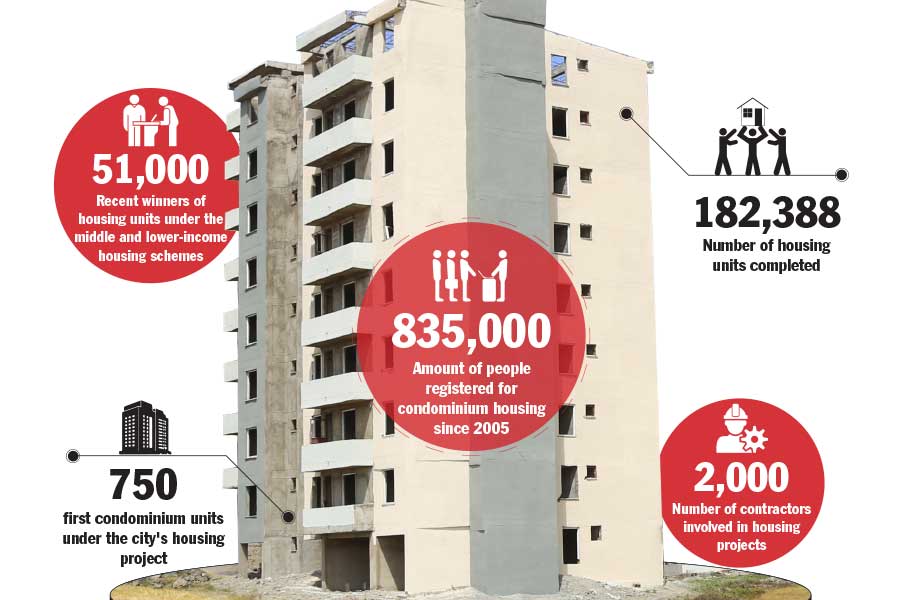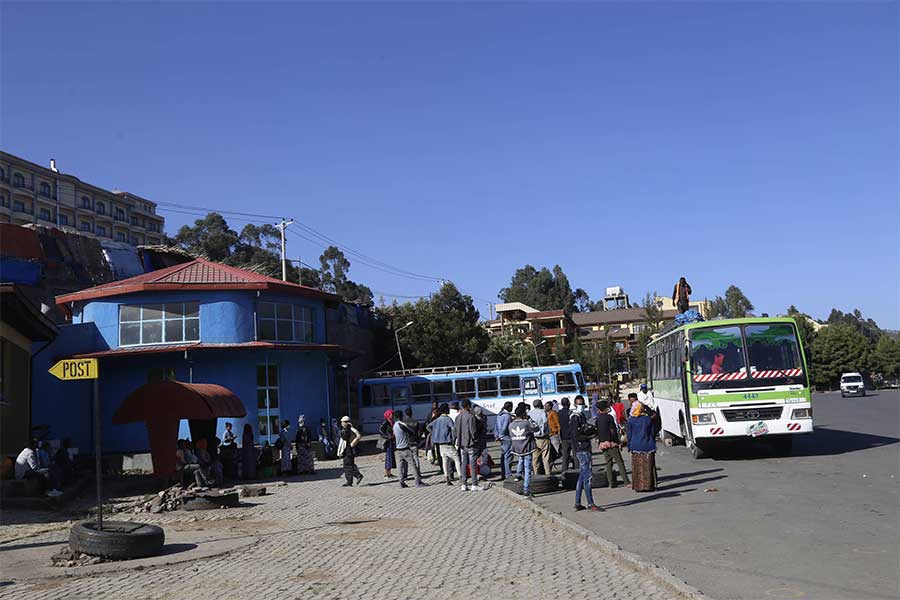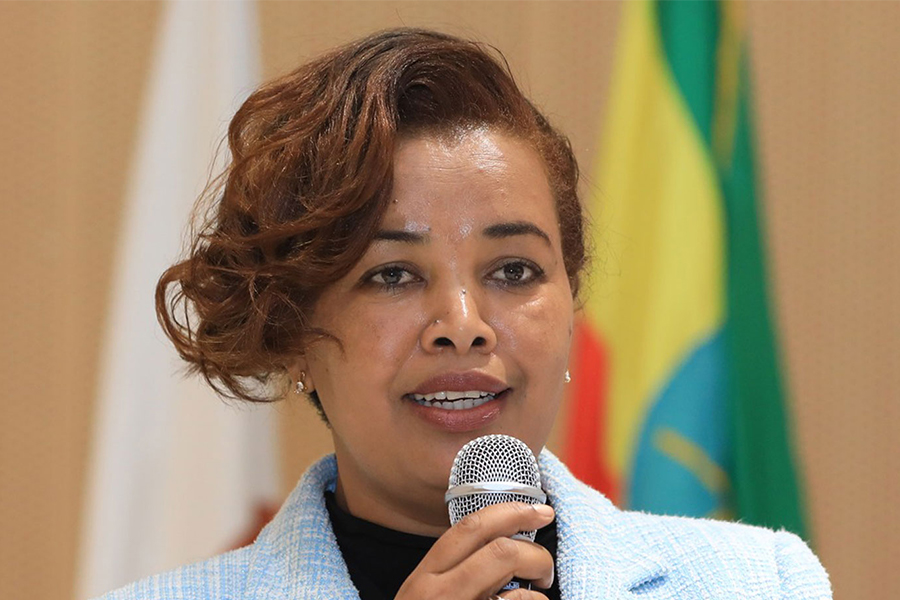
Fortune News | Jul 13,2020
A year after the cessation of hostilities agreement was signed between the Tigray People's Liberation Front(TPLF) and the Federal government; Tigray regional state is set to reopen its tourism sector this coming Wednesday.
State Minister of Tourism, Sileshi Girma, revealed that preparations to open up the regional state are nearly finished as he presented the first quarter report before the Standing Committee for Trade and Tourism at parliament two weeks ago.
He indicated that bilateral meetings with the interim president of the Tigray regional state, Getachew Reda, had taken place, and plans to reinvigorate tourism were laid out in collaboration with members of the regional state's tourism bureau.
"We had discussions with various stakeholders in Tigray and neighbouring regional states," the state minister told Fortune.
He indicated that reviving the tourism sector in Tigray will create revenue that can help rehabilitate the region as a whole and maintain its rich historical and cultural heritage.
"It will have several benefits," he noted.
The state minister suggested that an ongoing communication line had been opened between the Ministry and regional officials around the Afar and Amhara regional states to remove any transport hurdles.
Data from the Ministry indicates that Ethiopia earned a little over 3 billion dollars between July of 2022 and June of 2023, a significant increase from revenues two years ago of around 2 billion dollars.
While home to several archaeological and man-made cultural attractions, the ravages of war had brought significant damage to the Tigray regional state, with rehabilitation costs ballparked at 20 billion dollars last year by the Minister of Finance, Ahmed Shide.
The area around the Axum Obelisk, including the airport and several tourist attractions in Tigray, has suffered significant damages due to the two-year war, according to Atsbha G.Ebregziabher(PhD), head of the Tigray Culture and Tourism Bureau.
Atsbha revealed that training on the fundamentals of the hospitality industry was given to 420 individuals from Tigray over a two-day session in August by the Ministry alongside financial and material donations.
According to the bureau head, the Al Negashi mosque, the Emperor Yohannes museum, and the monasteries of Abune Pentallion, Abune Abraham, and Axum Tsion suffered the most significant damages.
"Theft and arson were common in these sites," he told Fortune.
The Abune Penatllion monastery found atop May Qoho mountain northwest of Axum requires a four-phase restoration effort due to the devastating impact of heavy artillery used during the conflict, says Atsbaha.
He indicated that just the first phase required 5.7 million Br, pooled from the community to prevent the site from collapsing.
Atsbha revealed that plans to restore the Axum Obelisk to its former glory following donations by the Italian government had been delayed due to the war, which fueled growing anxiety over possible damage to the repair items.
While the repair items were found to be intact, the damage to the airport, which forces visitors to detour through Shire and Meqele, was significant, according to the bureau head.
"We expect help in renovating the airport," he told Fortune.
The Bureau received donations of furniture and computers from the Ministry and 4.9 million Br from the Ethiopian Heritage Preservation Authority to help in restarting operations three months ago.
The two-year civil war produced significant blows to the economy of the Tigray regional state, pushing 3 million people into extreme poverty and all but annihilating businesses that rely on tourist inflow for their income.
"We have lost our brothers and our livelihood," says Yemaneh Tesfaye, Owner and manager of the eight-year-old company Geez Tour and Travel Ethiopia.
He recalls serving up to 200 customers annually before the conflict outbreak, charging between 80 and 100 dollars daily.
"The transportation route remains a challenge," says Yemaneh.
He explains that tourists want to travel back and forth between the neighbouring regions of Afar and Tigray, which remains a challenge for security reasons.
Yemaneh Gedlu, Director of Certification at the Tigray's tourism bureau, is hopeful that the official reopening of the Tigray regional state to tourism will bring much-needed economic inflow and high spirits into the region.
North of 80,000 international tourists used to visit the Tigray regional state annually before the war, trickling above 100 million dollars into the local economy.
"The hotels are ready to accept guests," he told Fortune in an optimistic tone.
Yemaneh points out that tourism brings with it a sense of revitalization and energy, which will reverberate across all rehabilitation efforts in the regional state.
Despite officials' optimism, some economists suggest that other fundamental priorities must be met before pinning high hopes on tourism.
Political economist and author Shewaferaw Shetahun reasons that meeting the demand for imminent necessities in food and medicine should precede pinning high hopes on the prospects of tourism.
"Many people don't have anything to eat," he told Fortune.
Shewaferaw further argues that the economic benefits of tourism are highly localized and don't have significant macroeconomic gains.
PUBLISHED ON
Nov 25,2023 [ VOL
24 , NO
1230]

Fortune News | Jul 13,2020

Radar | Apr 30,2022

My Opinion | Jul 08,2023

Agenda | Jul 20,2025

My Opinion | Jan 05,2019

Fortune News | Nov 09,2019

Viewpoints | Jul 17,2022

Commentaries | Jul 27,2024

Agenda | Dec 12,2020

Radar | Oct 06,2024

Dec 22 , 2024 . By TIZITA SHEWAFERAW
Charged with transforming colossal state-owned enterprises into modern and competitiv...

Aug 18 , 2024 . By AKSAH ITALO
Although predictable Yonas Zerihun's job in the ride-hailing service is not immune to...

Jul 28 , 2024 . By TIZITA SHEWAFERAW
Unhabitual, perhaps too many, Samuel Gebreyohannes, 38, used to occasionally enjoy a couple of beers at breakfast. However, he recently swit...

Jul 13 , 2024 . By AKSAH ITALO
Investors who rely on tractors, trucks, and field vehicles for commuting, transporting commodities, and f...

Oct 25 , 2025
The regulatory machinery is on overdrive. In only two years, no fewer than 35 new pro...

Oct 18 , 2025
The political establishment, notably the ruling party and its top brass, has become p...

Oct 11 , 2025
Ladislas Farago, a roving Associated Press (AP) correspondent, arrived in Ethiopia in...

Oct 4 , 2025
Eyob Tekalegn (PhD) had been in the Governor's chair for only weeks when, on Septembe...